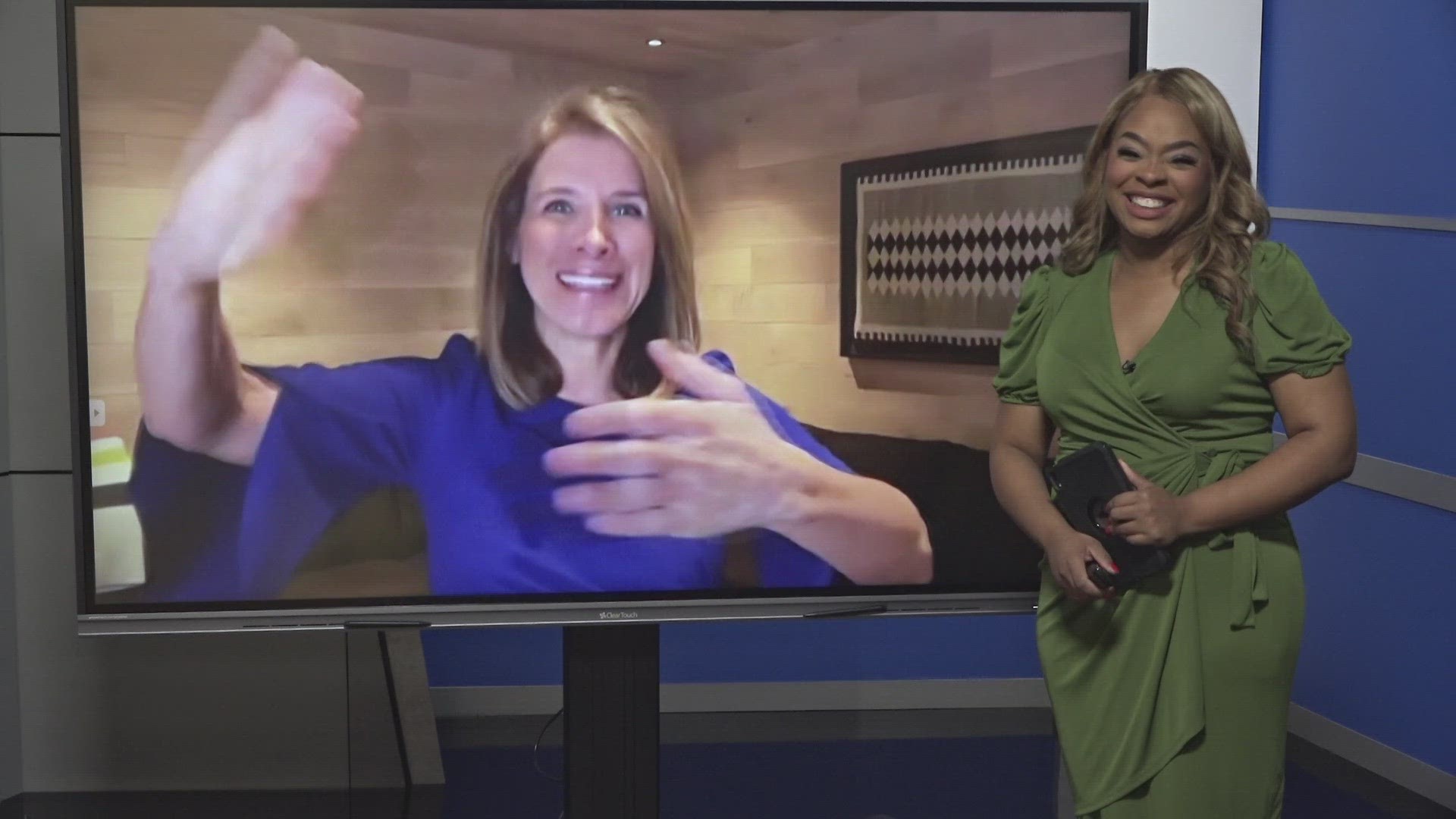GREENSBORO, N.C. — Wherever you go, you see people hugging. They're giving all kinds of hugs like hello hugs, good to see you hugs, goodbye hugs, ‘I love you’ hugs, and encouragement hugs.
Did you know that hugs are good for your health? Hugs can have a calming effect. A hug can be comforting if you're feeling nervous, upset, or stressed because the touch releases oxytocin, a bonding hormone. Not only can a hug make you feel better, but it can also make you feel more connected to the person you're hugging.
Sometimes, you might feel that you have to hug someone because it's expected of you. Don't feel obligated to hug anyone if you're not feeling it. Instead, offer a handshake, high five, fist bump, or elbow touch.
Let's look at the body language of a hug. You have the distance between the two people. The closer the bodies are, the more intimate the hug. For non-romantic hugs, you'd expect to see a grandmother-type of hug where the tush sticks back far away from the other person. Also, pay attention to the hands. Some people give hugs with their arms only. They don't use their hands to touch the other person. It's an incomplete hug because the circle isn't closed. Incomplete hugs can happen because it's an obligatory hug or germ avoidance of not touching someone else's clothing.
Share your thoughts on my Facebook page: Blanca Cobb – Body Language Expert. Write a message on my timeline, and I'll get back to you. While you're on my page, I'd appreciate it if you give my page a "like."

